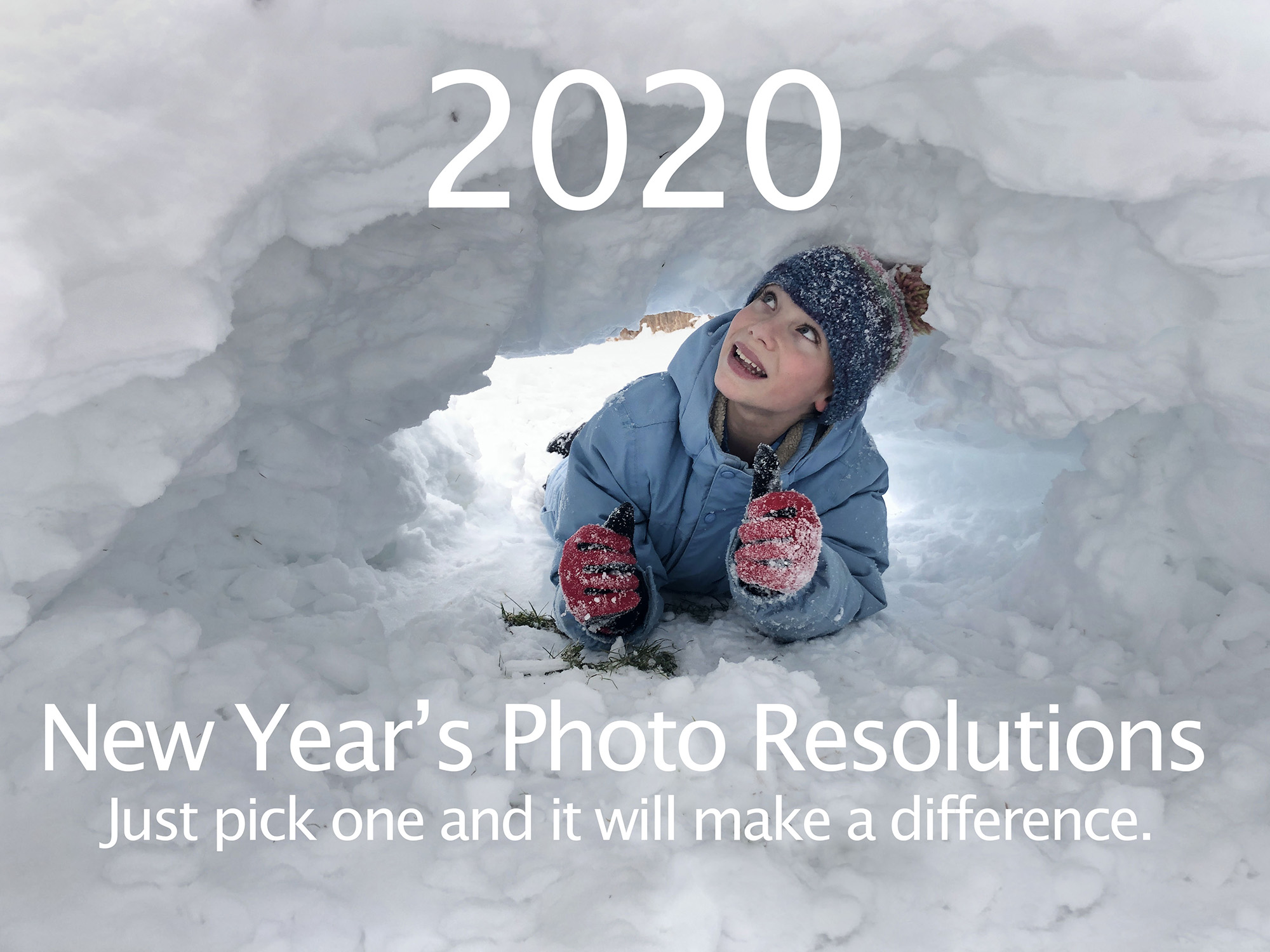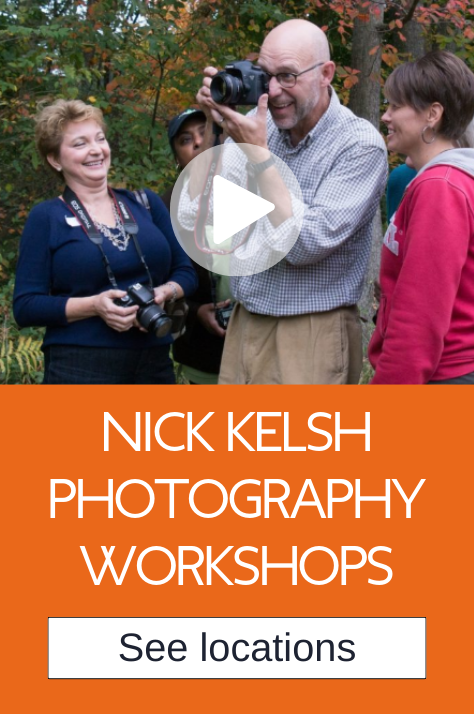1. Share your photographs more creatively.
That is, share with people that you would never have shared with in 2019 or before. You are surrounded by them by the way. The man who is painting your kitchen, the folks at the flower shop, the doctor who did your knee surgery all come to mind. They will all be touched by your thoughtfulness.
2. Don’t ask yourself why you are taking a picture before you take it.
Your brain will get in the way. Let your eyes show you the way. This is very different than asking yourself what you’re trying to say.
3. Read a photographic history book.
You are, after all, standing on the shoulders of giants; you should probably know their names. This classic overview of photographic history by Naomi Rosenblum is just excellent.
4. Continually ask yourself what story you’re trying to tell.
In other words, what are you trying to say. Ask yourself that question every time you push the button.
5. Accept points of reality.
Don’t fight them, join them. Points of reality are those real life little unpredictable moments and at first glance visual distractions that can actually add to an image and give it a sense of vibrancy and vitality. The temptation by many photographers is to fix them or remove them (most of the time just because they can). One way to convince yourself that this is a good idea is to study points of reality in other people’s photographs and notice that they were left there to work their magic—and often help tell the story.
6. Pick one technical aspect of photography and improve on it for a year.
Personally, I think “don’t overexpose your highlights” is a great place to start. And a great place to start with tricky highlights is clouds. (For those of you that don’t know, highlights are the bright areas of a picture.) Try not to shoot a photograph this year that has overexposed or blown out clouds. (Overexposed and “blown out” are the same thing.) If you don’t believe me, go look at Ansel Adams photographs and witness that he just could not bring himself to overexpose the white stuff in the sky. There are a bunch of ways to monitor your highlights. At the risk of getting too technical here, many cameras have a “highlights warning indicator” that makes overexposed highlights flash off and on when there’s an exposure problem. Your histogram does pretty much the same thing. And then there’s the good old fashioned light meter and by guess and by golly. My suggestion would be to pick one and make it work for you.
7. Master your smart phone camera.
There is so many little features and editing tidbits built right in there that make this the most fun camera ever built. And, as we all know, it’s the camera that you’re going to have with you the most of the time. If you don’t have the editing app Snapseed get it. It’s free.
8. Create and maintain a long-term project.
A project is nothing more than a set of photographs that belong together for whatever reason. There should always be one banging around in the back of your brain. Maybe it’s something as simple as a study of cracks in the sidewalk. Maybe it’s something as grand as “the world is a beautiful place”. But there should always be one going on.
9. Keep your editing real.
Editing is not there so you can reinvent the universe. In my opinion editing is for polishing your vision, not competing with the Pixar Special Effects Department. I think you know what I’m talking about. The very best edited photographs don’t look edited.
10. Recognize that human beings are the natural world, too.
There’s a category of nature photographs that includes human beings interacting with the natural world. For decades I thought nature photographs had to exclude people. But now I see the beauty of people soaking up our incredible surroundings
11. Only show your people your best stuff, especially on social media.
One good photograph can steal a crowded stage of dozens of mediocre images. Show some discretion about what it is that you show people. Almost always, the more photographs you show people the weaker the pile of pictures gets.
12. Commit to photo organization for the new year.
Don’t worry about the mess you’ve created in the past, for now. Celebrate your new work for a while. (Maybe you’ll find you never need to deal with the mess.) When the great Dianne Arbus (1923-1971) decided to treat herself like an artist and move on from the cheesy magazine work she’d been doing for years she began a meticulous filing and numbering of her photos and captions. Maybe that could be you this year. A great place to start is with the book Photo Organizing Made Easy by my dear friend, Cathi Nelson.
13. Get out of the car.
When it’s time to pull over it’s time to pull over—literally and figuratively. I think all great photographers are haunted by the thousands of wonderful pictures they’ve driven by. (I heard the great Life Magazine photographer Alfred Eisenstadt suggest this to a young photographer at North Dakota State University when asked if he had any advice for up and coming photographers. “Get out of the car,” he said.)




